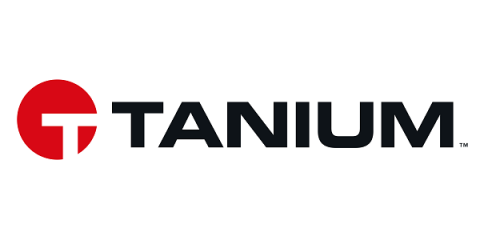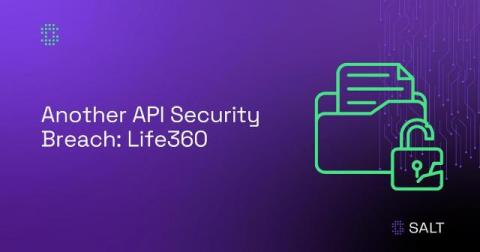What is Digital Experience Monitoring (DEM)? Why DEM Strategy Matters
Explore the essentials of digital experience monitoring, including its role in bolstering employee and customer experiences and how to craft an effective strategy that elevates business outcomes.











